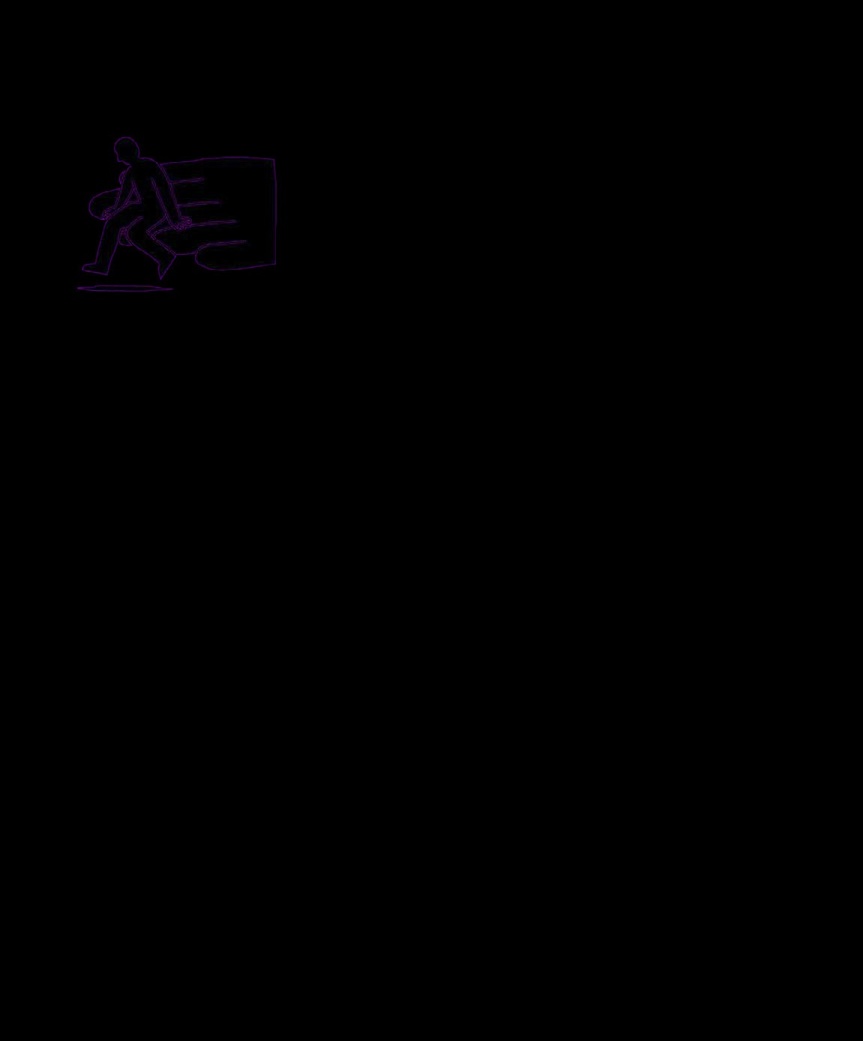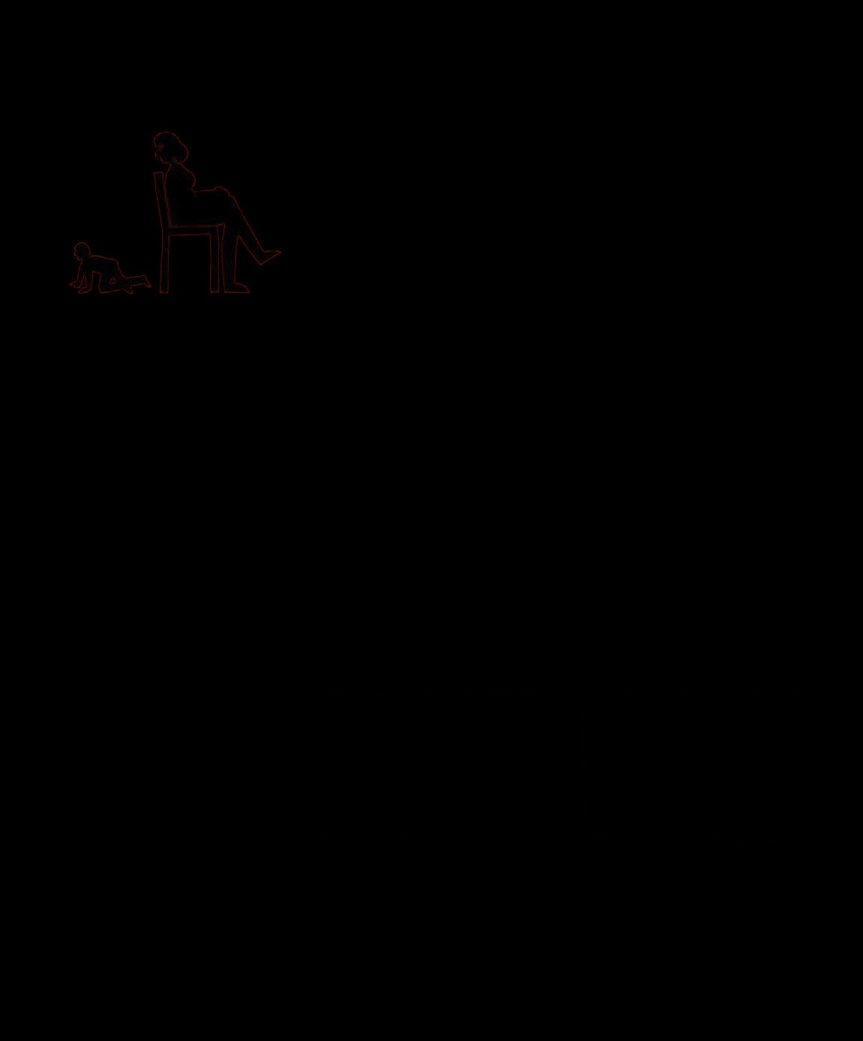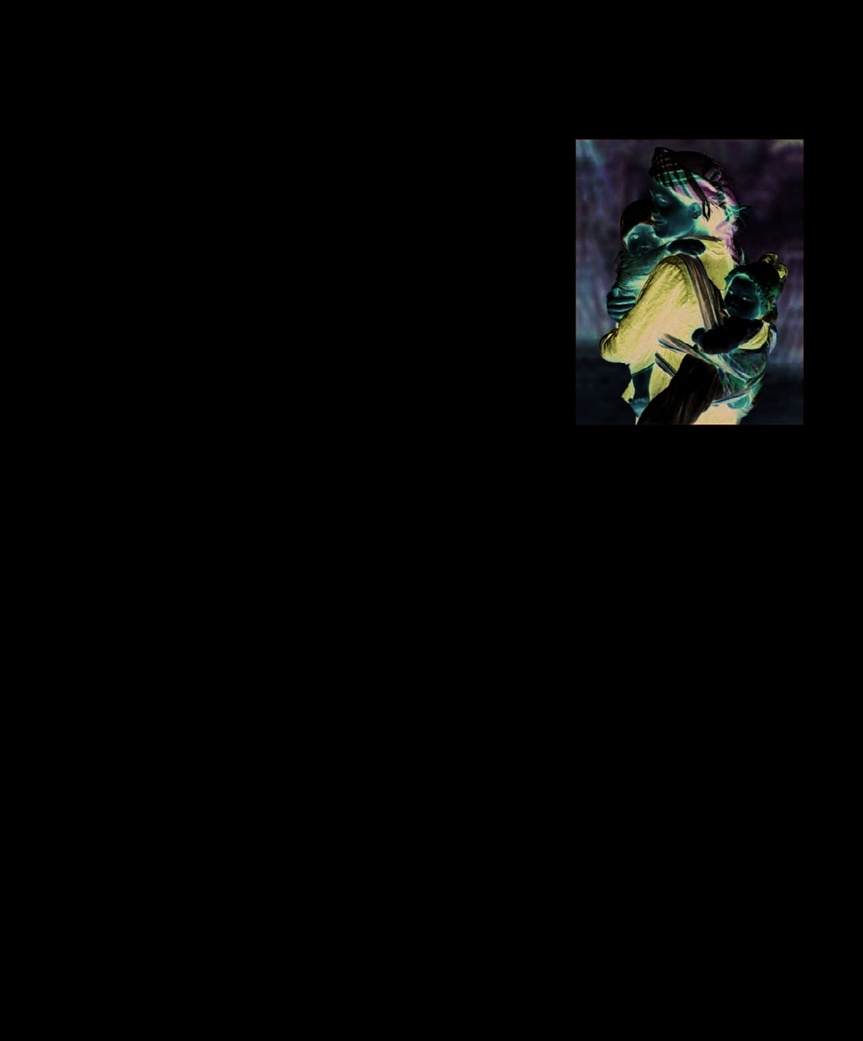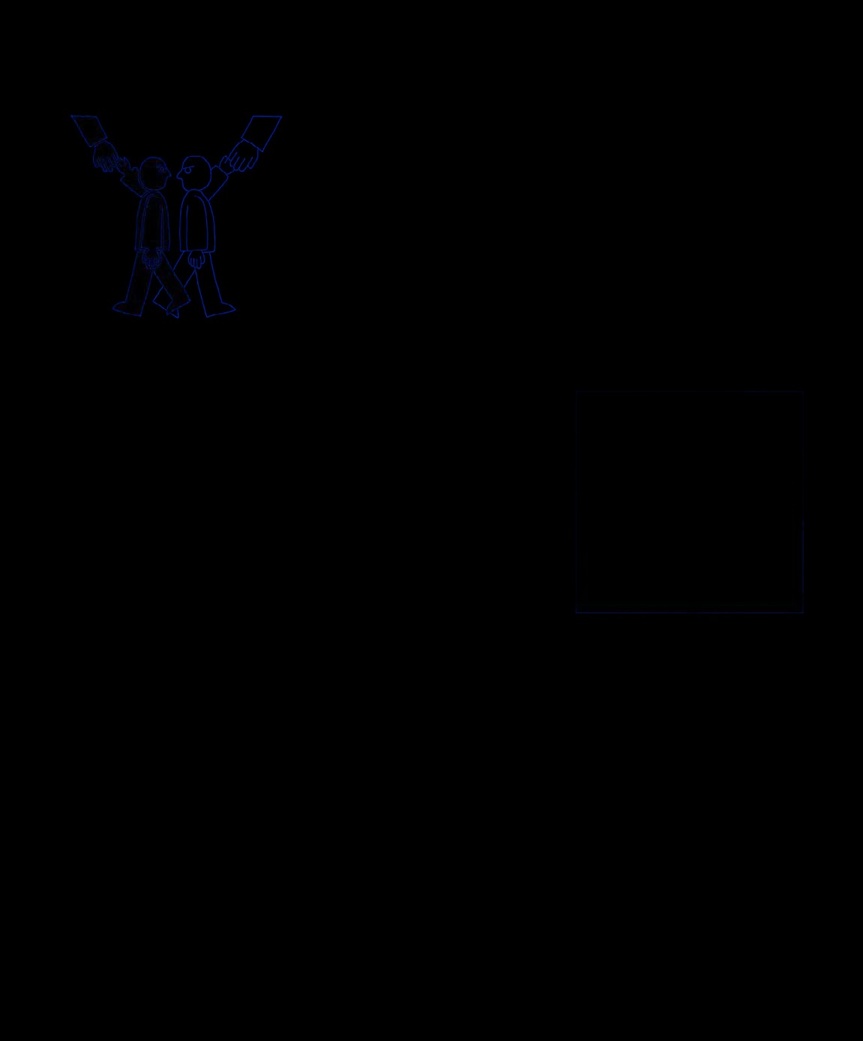The Psychology Book (88 page)
Read The Psychology Book Online
Authors: Unknown

show that infants are attached
even stronger. Harlow, therefore,
crying child. The results of his
to people who do not perform
suggested that the main function
experiments were so conclusive
feeding and caretaking duties.
of nursing might even be to ensure
that they changed the approach to
1978
Michael Rutter shows
body contact with the mother.
parenting in the Western world. ■
that children bond with a
variety of attachment figures,
See also:
Konrad Lorenz 77 ■ Sigmund Freud 92–99 ■ Abraham Maslow 138–39 ■
including inanimate objects.
John Bowlby 274–77 ■ Mary Ainsworth 280–81 ■ Michael Rutter 339

DEVELOPMENTAL PSYCHOLOGY 279
WE PREPARE CHILDREN
FOR A LIFE ABOUT WHOSE
COURSE WE KNOW NOTHING
FRANCOISE DOLTO (1908–1988)
IN CONTEXT
APPROACH
F
ollowing her own difficult from the adults who teach them,
childhood, French physician
simply because they must have
and psychoanalyst Françoise
had experiences that the older
Dolto decided that her work should
generation could never have had
Psychoanalysis
help children discover and release
when they were that age.
BEFORE
their desires, believing that this
For Dolto, the goal of education
release would prevent neuroses.
was to allow each child the freedom
1924
Sigmund Freud theorizes
She felt that some of the illnesses
to explore his individual inclination.
about the castration anxiety
commonly manifested by children
The adult, she believed, should
children face, which Dolto says
were, in reality, reflections of a
serve as a role model, offering an
is a factor in our unconscious
lack of connection between parents
example rather than attempting to
image of our own bodies.
and their offspring. Adults, she
impart a method. The educator’s
1969
Jacques Lacan
observed, often seemed unable to
role, Dolto declared, was to teach
investigates “otherness,”
understand children, in spite of
children how to lead themselves. ■
which becomes central to
once being children themselves.
Dolto’s work focusing on the
distinctiveness of individuals.
Unique perspective
Dolto believed that every child
AFTER
possesses a unique perspective,
1973
A school based on
which traditional education seeks
Dolto’s theories opens in La
to stifle. She condemned any
It is too late to
Neuville-du-Bosc, France,
system of morality or education
make a difference
emphasizing well-being and
that seeks to control children
with adults; the work has
non-compulsory activities.
through obedience or imitation,
to be done with children.
and was dissatisfied with the
Françoise Dolto
1978
La Maison Verte, a
techniques being used, both at
daycare center based on
school and at home, to anticipate
Dolto’s ideas, opens in Paris,
a child’s future when that future
with the aim of helping
is fundamentally unknowable.
parents and children to
Children, she stated, are different
minimize the adverse
effects of separation.
See also:
Sigmund Freud 92–99 ■ Alfred Adler 100–01 ■ Jacques Lacan 122–23 ■
Daniel Lagache 336–37

280
A SENSITIVE MOTHER
CREATES A SECURE
ATTACHMENT
MARY AINSWORTH (1913–1999)
Situation,” which studied how
IN CONTEXT
I
n the early 1950s, Mary
Ainsworth, working closely
babies balance their needs for
with attachment theorist John
attachment and exploration under
APPROACH
Bowlby, developed a particular
varying levels of stress. In each
Attachment theory
interest in the relationship between
experiment, Ainsworth placed
BEFORE
mothers and infants. In 1969, she
a mother and her one-year-old baby
1950s
John Bowlby
experimented with a procedure
in a room with toys for the baby
emphasizes the significance
that became known as the “Strange
to play with, and watched their
of the mother-child bond.
1959
Harry Harlow’s research
with infant macaque monkeys
demonstrates that they use an
When an infant is
separated from his mother
he displays
one of three different kinds of attachment.
attachment figure as a secure
base from which to explore
their environment.
AFTER
1980
American psychologist
Brian E. Vaughn shows that
If he shows no signs
If he shows intense signs
the attachment figure may
of distress and a stranger
of distress but resists
change, according to
is able to comfort him,
contact with her on her
variations in a family’s
the attachment is
return, the attachment is
circumstances.
anxious-avoidant.
anxious-resistant.
1990
American psychologist
Mary Main identifies a fourth
attachment type in young
children—“disorganized”—to
describe an infant who is
fearful of both the environment
If he is distressed, but upon her return
and the attachment figure.
uses her as a secure base from which to explore,
there is a secure attachment.

DEVELOPMENTAL PSYCHOLOGY 281
See also:
Sigmund Freud 92–99 ■ John Bowlby 274–77 ■ Harry Harlow 278 ■ Jerome Kagan 339 ■ Michael Rutter 339
return. She suggested that a baby’s
reactions upon reunion with his
mother indicate three distinct
patterns, or types, of attachment.
Attachment types
Attachment behavior is
Around 70 percent of the babies in
strongly activated under
Ainsworth’s studies were “securely
circumstances when the
attached.” These infants used their
attachment figure is
mothers “as a secure base from
inaccessible.
which to explore.” They were
Mary Ainsworth
distressed when she left the room,
but played happily, even in the
presence of a stranger, as long as
the mother was on hand if needed.
The babies who appeared to be
indifferent to their mothers, and
were hardly affected when she left
Mothers in non-Western
cultures
interactions both before and after
the room, Ainsworth classified as
often keep their infants close to them
the introduction of a stranger to
“anxious-avoidant.” They were as
at all times. Customs such as these
can affect the incidence of different
the room. The “situation” included
easily comforted by the stranger
attachment types in a community.
periods when the mother left the
as by the mother. About 15 percent
baby alone with the stranger, then
of the infants fell into this group.
returned to the room.
A further 15 percent, described
Ainsworth claimed that a mother’s
Ainsworth found that the
as “anxious-resistant,” were wary of
sensitivity largely determines the
most important information about
the stranger, even with the mother
type of attachment. A sensitive
mother-child bonding was gleaned
present. They became intensely
mother, she stated, understands
not from the baby’s reaction to the
distressed when the mother left the
her child’s needs and responds
mother leaving the room, but rather
room, but were also angry and
appropriately to them, creating
from the infant’s reaction to her
resistant to contact on her return.
a secure attachment.
Criticism
In 1954, the couple moved to
Mary Ainsworth
Critics of Ainsworth’s work have
Uganda, where Leonard had
suggested that attachment types
Mary Ainsworth was born in
accepted a post, and Mary took
Glendale, Ohio, USA, moving
the opportunity to study mother-
are not always permanent, and that
to Canada at the age of five.
child bonding in tribal society.
babies do not fit neatly into a single
She gained her doctorate in
On returning to the US in 1956,
type. Cultural differences have also
psychology from the University
she continued her academic
been noted. A 1990 study in Japan
of Toronto in 1939, and taught
career, eventually becoming a
uncovered an unusually high
there briefly before joining the
professor at the University of
percentage of anxious-resistant
Canadian Women’s Army Corps
Virginia in 1975.
infants, which may have been due
in 1942. After World War II, she
to Japanese babies being less used
returned to the University of
Key works
to separation from their mothers
Toronto, marrying graduate
than US infants. However, the
student Leonard Ainsworth in
1967
Infancy in Uganda
Strange Situation is considered to
1950 and moving to London,
1971
Infant Obedience and
be one of the most important studies
where Mary worked with John
Maternal Behavior
in attachment research, and is still
Bowlby at the Tavistock Clinic.
1978
Patterns of Attachment
widely replicated today. ■
